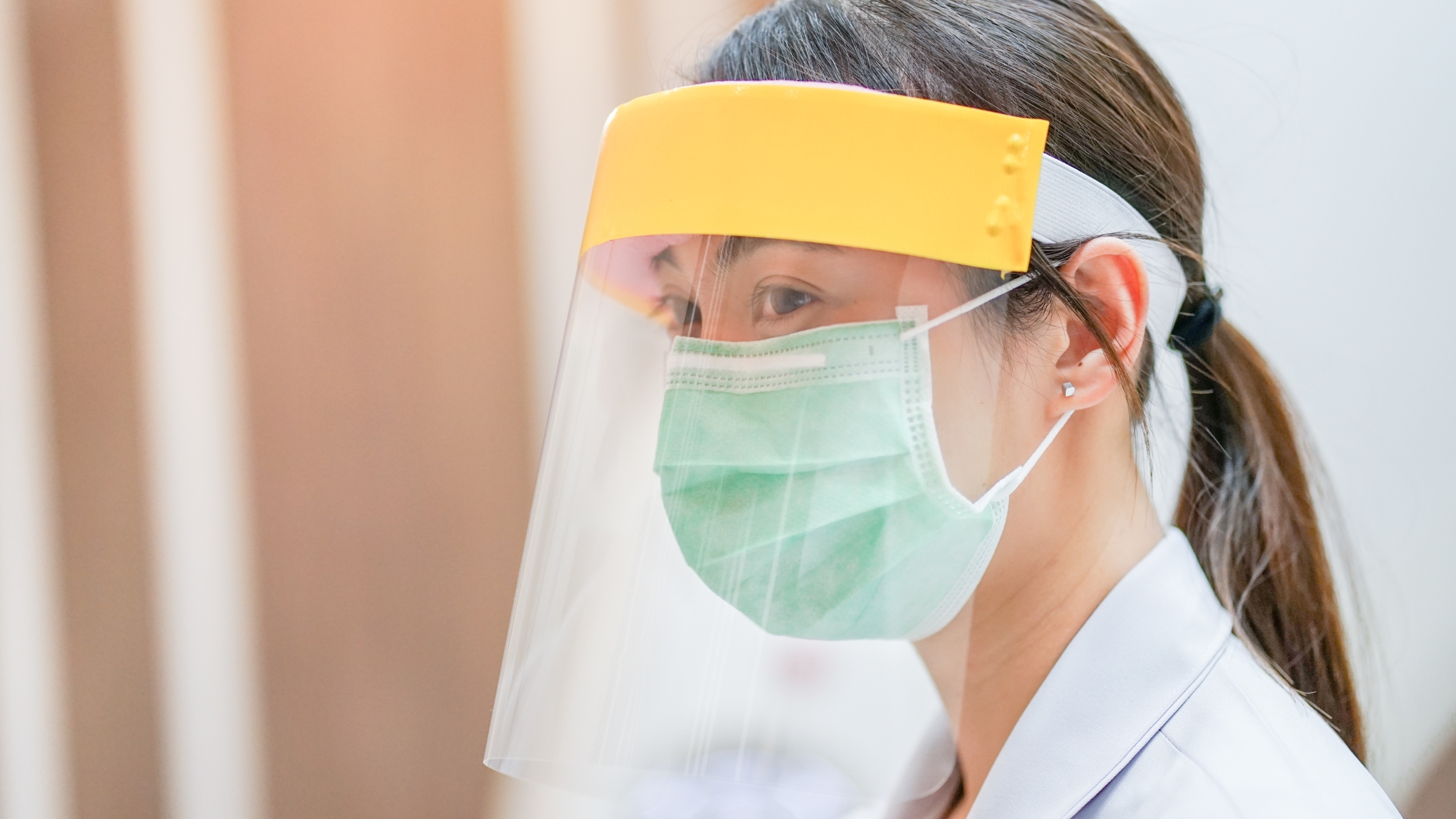The Current State of PPE in Healthcare: Guest Post from Professor Blan Godfrey

In the last few weeks, me and my research team of Beena, Nikhil, and Pratyush have been communicating frequently with Professor Blan Godfrey, and his team of graduate students taking his Six Sigma class. Dr. Godfrey is the Joseph D. Moore Professor in the Wilson College of Textiles, which has been working hard to produce materials for PPE masks to support healthcare providers all over the state and the country. Last week his team did a big push to finish their six sigma project with a focus on their presentation for his graduate class on Lean Six Sigma. Yesterday he sent the link to the spreadsheet created to Helena.org to link with their software. They now have six states that have filled in needs and are making a push to get it out to other states, and Blan is also helping contact through the hospital associations. Blan provided me with the following update and thoughts this morning:
“We are still working on some of the details of PPE suppliers, I have learned more about the bottlenecks and the slowing down of the panics. Everything is complex and related. One of the reasons for the surge in PPE use and hospitals rising panic was the number of PUIs – Patients Under Investigation. Because of the ridiculous test situation in this country, it was taking 7 to 10 days to get test results back from Lab Corp and others doing the centralized testing. This meant all the patients who were suspected of having COVID 19 were treated as if they had the virus. This caused, for example, one large local hospital to use six times the PPE they would have been using if they knew who actually had the virus. Once this hospital got the equipment to do their own testing and could get results in less than an hour, the PUIs dropped dramatically and they had enough PPE to care for those who actually had the virus.
Secondly, the textile industry really came through, an incredible number of large companies, e.g., Ralph Lauren, Carhardt, Canada Goose, reopened factories focusing on nothing but gowns and masks. These companies have strong supply chains who jumped at the opportunity to provide fabrics and other needed materials. They were also able to mass produce product with sophisticated manufacturing facilities. The non-wovens companies ramped up fast making materials for millions of masks.
Thirdly, of course, the direst predictions did not come true, despite what the WSJ reported, social distancing did make a significant difference (the American Statistical Association connect site has been have much fun tearing apart the ridiculous analyses in the WSJ and wondering why they cannot hire at least one qualified statistician or at least borrow one from one of the NYC universities).
We continue to get numerous requests from hospitals for PPE, for testing of PPE they purchased from unknown suppliers, from others just confused about why we don’t have a health system in this country.
Your focus on testing kits is critical right now, many of the healthcare leaders think this is the bottleneck to safely reopening business. I think there are going to be some amazing opportunities for supply chain research in the future. The entire healthcare leadership now understands how relying on a few organizations, e.g., GPO’s, to meet their needs with 99% of the focus on low-cost products is not what we need for the future.”
I couldn’t agree more with his assessment. I look forward to collaborating with Blan on frameworks to think about in redesigning our pandemic planning response for the future.


